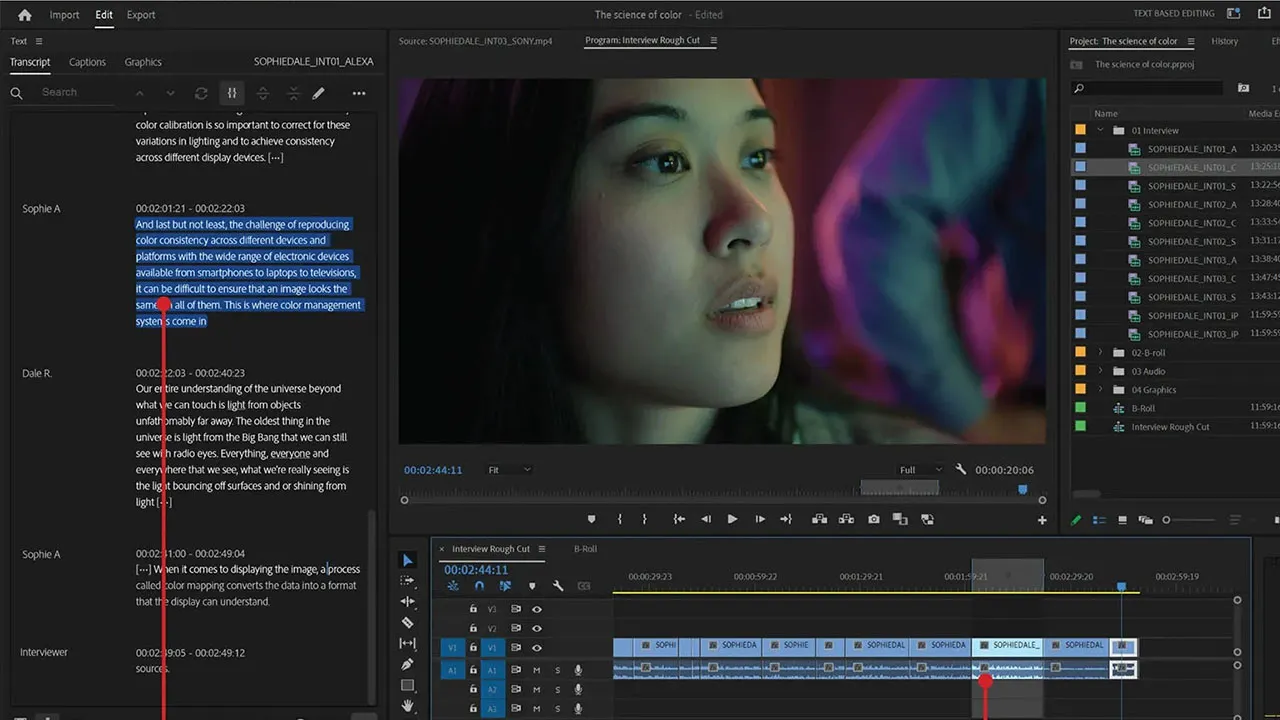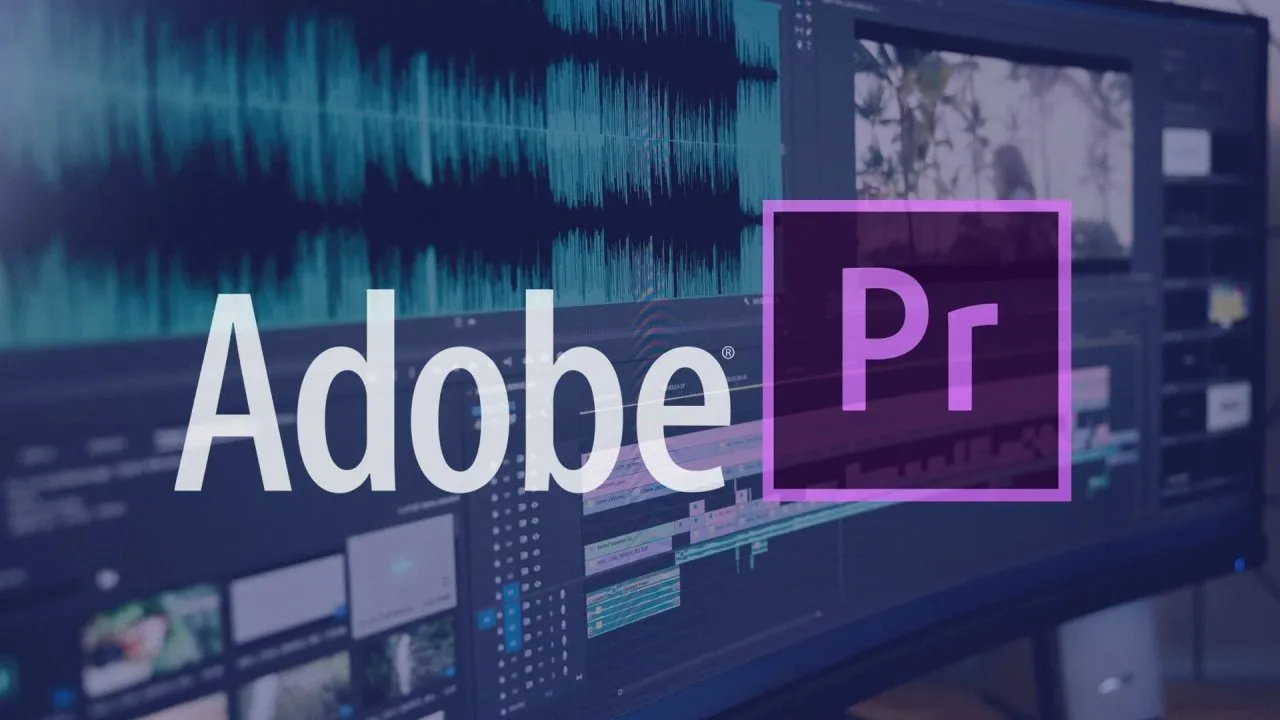Adobe Premiere Pro on ARM has reached public beta, now running natively on Windows 11 devices powered by ARM64 processors. Paired with other Adobe tools, it marks a major step forward for creative pros using Copilot+ PCs and Snapdragon X machines.
Premiere Pro on ARM brings native performance

For years, Premiere Pro relied on emulation on ARM hardware, limiting performance and battery life. With this native release, Adobe Premiere Pro on ARM offers smoother editing, faster renders, and better responsiveness, especially during complex timelines and multitasking.
Premiere Pro on ARM still lacks key features
Although ARM users get a native workflow, not all tools made the transition. Adobe Premiere Pro on ARM currently omits support for third‑party plugins, ProRes codecs, and hardware‑accelerated H.264/HEVC export. These gaps mean editors need to plan carefully if those workflows matter to them.
Companion apps join the beta lineup
Adobe also released ARM versions of After Effects, Audition, and Media Encoder in beta. These apps bring native support but have similar limitations, missing codecs, format support, and extension compatibility for now. Creative teams may face delays before full feature parity arrives.
What ARM users should know
Here’s what’s in and what’s left out:
- ARM‑native Premiere Pro, After Effects, Audition, and Media Encoder
- Native editing performance and longer battery life
- Missing ProRes support, RAW formats, and plugin compatibility
- No hardware‑accelerated H.264 or HEVC export yet
- Further featuresare promised in future updates, while some may be retired
Why ARM beta matters for creatives
The arrival of Adobe Premiere Pro on ARM signals confidence in ARM’s role in serious creative work. It gives users access to flagship editing tools without relying on emulation. While the initial release has gaps, it opens the door to seamless mobile-to-desktop workflows and higher efficiency in future releases.
Despite its limitations, Adobe Premiere Pro on ARM delivers real value, especially for users prioritizing portability, battery life, and modern ARM chipsets. It may not replace Intel-based setups yet, but as extensions and codecs arrive, it could become a serious contender in the creative toolkit.














